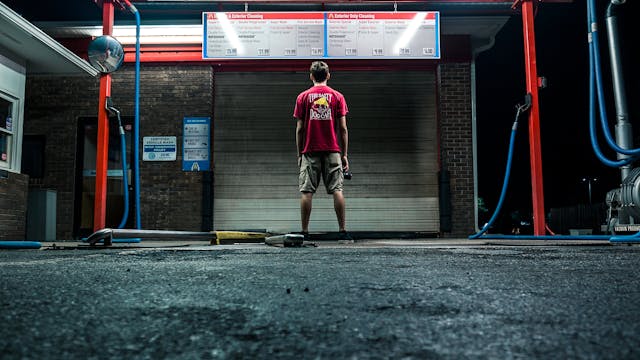In the rapidly evolving automotive industry, Advanced Driver Assistance Systems (ADAS) have become a cornerstone of modern vehicle safety and functionality. These systems, designed to enhance driving safety and comfort, rely heavily on sensors and cameras, many of which are integrated into a vehicle’s auto glass. Consequently, when it comes to auto glass replacement, understanding the intricacies of ADAS calibration is crucial for vehicle owners in the Denver Metro area and beyond. This article delves into the significance of ADAS calibration in auto glass replacement, ensuring customers are well-informed about the process and its importance.
The Role of ADAS in Modern Vehicles
ADAS encompasses a wide range of systems designed to prevent accidents by offering technologies that alert the driver to potential problems or to avoid collisions by implementing safeguards. Some of the most common ADAS features include adaptive cruise control, lane departure warnings, blind-spot detection, and automatic emergency braking. The functionality of these systems is heavily reliant on the proper alignment and calibration of auto glass-mounted sensors and cameras.
Why ADAS Calibration is Essential After AutoGlass Replacement
When a windshield or any auto glass with integrated ADAS sensors is replaced, the alignment of these sensors can be affected. Even a minor misalignment can significantly impair the system’s accuracy and reliability. Therefore, ADAS calibration is a critical step post-auto glass replacement to ensure that all the sensors and cameras are correctly aligned, allowing the ADAS functionalities to operate as intended.
ADAS Calibration: A Detailed Overview
ADAS calibration is a process that involves adjusting the parameters of the vehicle’s ADAS sensors and cameras to ensure they are accurately detecting the vehicle’s surroundings. This process requires specialized equipment and expertise, as it involves both static calibration (conducted in a controlled environment) and dynamic calibration (performed on the road).
Static vs. Dynamic Calibration: Understanding the Differences
Static calibration is performed in a workshop using specialized calibration tools and targets to accurately align sensors and cameras. This process is essential for systems that rely on visual cues from the vehicle’s surroundings. Dynamic calibration, on the other hand, involves driving the vehicle at a specific speed on well-marked roads to calibrate the ADAS systems to real-world conditions. Both types of calibration are crucial for the optimal performance of ADAS functionalities.
Choosing the Right AutoGlass Service Provider for ADAS Calibration
Not all auto glass replacement providers are equipped to handle ADAS calibration. Vehicle owners in the Denver Metro area should seek out service providers with the necessary expertise and equipment to perform both static and dynamic calibrations. Choosing a provider with a strong track record in ADAS calibration is essential to ensure the safety and functionality of your vehicle post-replacement.
The Impact of Improper ADAS Calibration
Failing to properly calibrate ADAS systems after auto glass replacement can lead to a range of issues, from false alarms and warnings to the complete failure of certain safety features. This not only compromises the safety of the vehicle’s occupants but can also affect the overall driving experience. Understanding the potential risks associated with improper calibration underscores the importance of choosing a qualified service provider.
ADAS Calibration and Insurance: What You Need to Know
Many insurance policies cover auto glass replacement, but it’s important for vehicle owners to verify whether ADAS calibration is also included in their coverage. Given the specialized nature and potential cost of the calibration process, ensuring that your insurance policy covers these services can save you significant expenses.
The Importance of ADAS Calibration in AutoGlass Replacement
ADAS calibration is a critical component of auto glass replacement that ensures the safety and functionality of modern vehicles. For customers in the Denver Metro area, understanding the need for proper calibration and choosing the right service provider are key steps in maintaining their vehicle’s safety features. As automotive technology continues to advance, the role of ADAS calibration in auto glass replacement will only grow in importance, making it essential for vehicle owners to stay informed and proactive about this crucial process.
